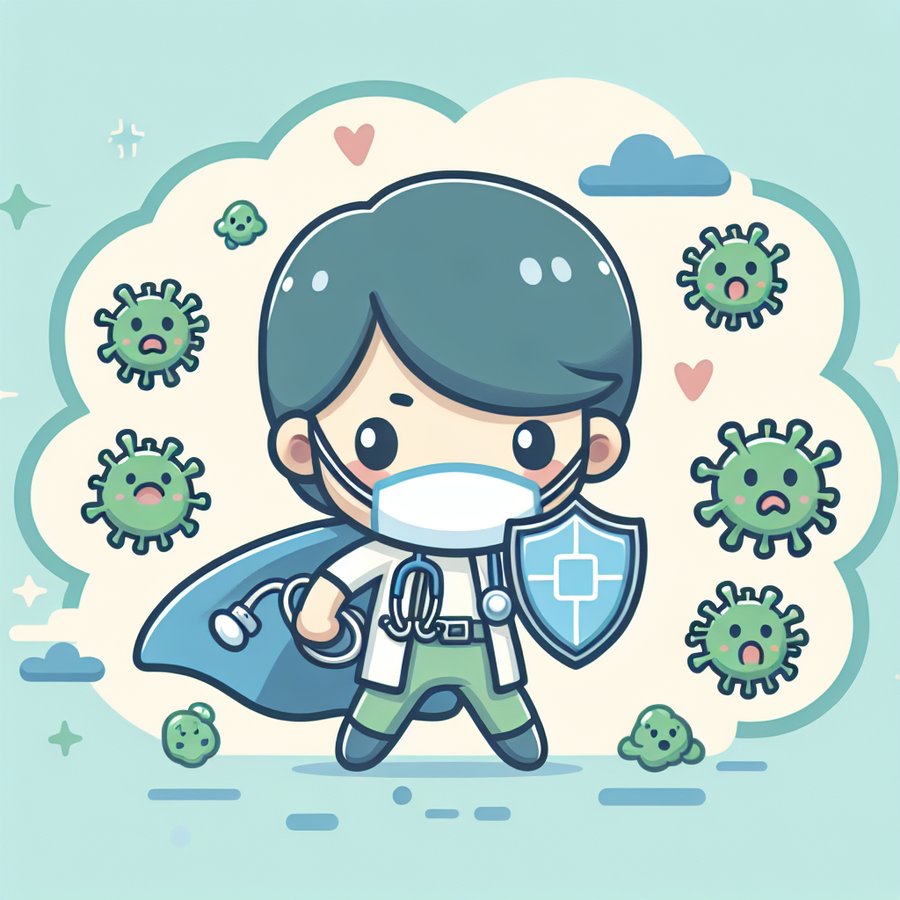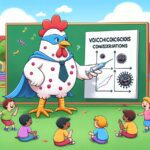What Is Whooping Cough?
Whooping cough, also known as pertussis, is a highly contagious respiratory infection notorious for its severe coughing fits that end with a ‘whooping’ sound when the person breathes in. Despite being preventable by vaccine, it remains a significant health concern, especially for infants who are too young to be fully vaccinated or have not completed their vaccination series. Understanding whooping cough is crucial for new parents to protect their children and themselves from this distressing condition.
Caused by the bacterium Bordetella pertussis, whooping cough spreads through respiratory droplets when an infected person coughs or sneezes. It can lead to severe complications in babies, including pneumonia, convulsions, and in rare cases, death. Hence, early detection and treatment are essential.
Signs and Symptoms of Whooping Cough in Babies
The initial symptoms of whooping cough can be misleading as they often resemble those of a common cold, including runny nose, mild cough, and fever. However, as the disease progresses, the symptoms can intensify to prolonged bouts of coughing that can last for weeks. Infants may experience episodes of apnea (a pause in breathing), which is particularly alarming and requires immediate medical attention.
One of the hallmark signs of whooping cough in babies is the characteristic whooping sound made after coughing fits, though not all infants will make this sound. The cough can be so severe that it may lead to vomiting or exhaustion. Due to these intense symptoms, whooping cough can be a harrowing experience for both the infant and the parents.
Preventing Whooping Cough
Vaccination is the most effective way to prevent whooping cough. The DTaP vaccine, which protects against diphtheria, tetanus, and pertussis, is administered to children in a series of shots. The first dose is recommended at two months of age, followed by additional doses at four months, six months, 15 through 18 months, and 4 through 6 years. Pregnant women are also advised to receive the Tdap vaccine during the third trimester of each pregnancy to protect newborns from whooping cough.
In addition to vaccination, practicing good hygiene and avoiding close contact with sick individuals can help prevent the spread of whooping cough. It’s crucial for parents and caregivers, especially those in close contact with young infants, to be up to date with their vaccinations.
What to Do If Your Child Has Whooping Cough
If you suspect that your child has whooping cough, it’s vital to seek medical advice immediately. Early diagnosis and treatment with antibiotics can help reduce the severity of the symptoms and prevent the infection from spreading to others. Infants and young children who contract whooping cough may need to be hospitalized if they are having trouble breathing or are unable to eat or drink.
During this challenging time, ensuring your child stays hydrated and comfortable is important. Using a humidifier can help ease breathing difficulties, and keeping your baby in an upright position may also help with coughing fits and breathing.
Additional Resources and Support
Dealing with whooping cough can be stressful for any parent. For additional support and information, consider the following resources:
- The Centers for Disease Control and Prevention (CDC) offers comprehensive guidelines on whooping cough, including prevention, diagnosis, and treatment options.
- Consult with your child’s pediatrician or a healthcare provider for personalized advice and support.
- For parents looking for peer support, online forums and local support groups can be invaluable resources to share experiences and coping strategies.
Understanding whooping cough and taking proactive steps to prevent and treat it can make a significant difference in your child’s health and well-being. By staying informed and vigilant, you can help protect your baby from this preventable illness.













